I'm doing an integration on a community platform called Telligent. I'm using a 3rd-party add-on called BlogML to import blog posts from an XML file (in BlogML format) into my local Telligent site. The Telligent platform comes with many classes in their SDK so that I can programmatically add content, such as blog posts. E.g.
myWeblogService.AddPost(myNewPostObject);
The BlogML app I'm using essentially parses the XML and creates blog post objects then adds them to the site using code like the above sample line. After about 40 post imports I get a SQL error:
Exception Details: System.Data.SqlClient.SqlException:
String or binary data would be truncated.
The statement has been terminated.
I believe this error means that I'm trying to insert too much data into a db field that has a max size limit. Unfortunately, I cannot tell which field this is an issue for. I ran the SQL Server Profiler while doing the import but I cannot seem to see what stored procedure the error is occurring on. Is there another way to use the profiler or another tool to see exactly what stored procedure and even what field the error is being caused by? Are there any other tips to get more information about where specifically to look?
Oh the joys of 3rd-party tools...
